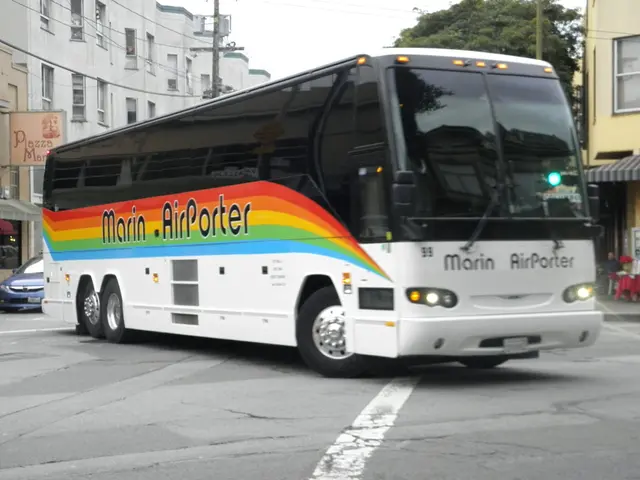MIT's AI Predicts Future Video Actions with 43% Accuracy
Researchers at MIT have created an algorithm that can predict future actions in videos with remarkable accuracy. The AI, trained on over 600 hours of video content, can anticipate human interactions like hugs, kisses, handshakes, and high fives up to 43% of the time.
The algorithm, developed using deep-learning techniques and neural nets, doesn't break down images into individual pixels. Instead, it recognises objects and faces as a whole, providing a more holistic understanding of the scene. This approach has led to improved prediction accuracy, nearing human levels of 71%.
The AI was trained on a diverse range of videos, including TV shows like 'Desperate Housewives' and 'The Office', as well as various YouTube clips. Crucially, the videos depicted natural human interactions in real-world environments, capturing body movements and social cues. This allowed the algorithm to learn interaction patterns and predict future actions more effectively.
The algorithm's neural networks operate independently, each focusing on different aspects of the video. They collaborate to present a final prediction based on facial recognition and contextual understanding. This collaborative approach has proven successful, outperforming previous models.
The potential applications of this predictive algorithm are vast. It could enhance security camera systems, enabling them to recognise ongoing crimes or emergencies more effectively. The MIT researchers' work marks a significant step forward in AI's ability to understand and predict human behaviour, paving the way for future advancements in the field.
Read also:
- Hematology specialist and anemia treatment: The role of a hematologist in managing anemia conditions
- Trump announces Chinese leader's confirmation of TikTok agreement
- Hackers Utilize GOLD SALEM to Infiltrate Networks and Evade Security Measures, Deploying Warlock Ransomware
- Southeast Asia's initial AI-linked battery-swapping station was launched by U Power







